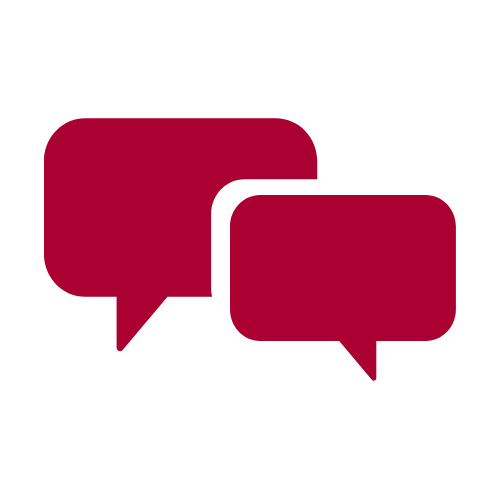

CCOW is a great way to approach evaluating popular sources but scholarly information works a bit differently. While CCOW is used to evaluate the accuracy of the information, thanks to the peer review process, the majority of scholarly information has been reviewed by multiple experts in the field before it reaches you. While this ensures the accuracy of raw data, this doesn't mean that the conclusions or interpretations drawn from it are always right. Similar to using CCOW to evaluate popular and internet sources, if the conclusions do not match with your worldview, ask yourself why that is.
The main aspect of evaluating scholarly information is understanding it. As seen in the infographic above, the best way to gain an understanding of scholarly information is to start with the big idea then smaller details, from the overall topic to evidence that supports a claim. You can do this by reading out of order:
